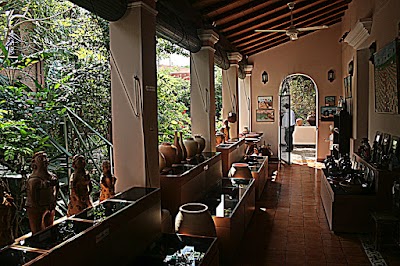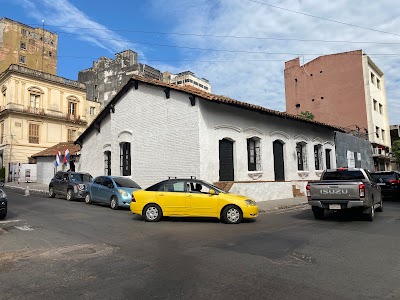Iturbe (Iturbe)
Overview
Discover Iturbe: A Gem in Guairá Department
Nestled in the Guairá Department of Paraguay, Iturbe is a charming small town that boasts a rich history and unique architectural features. The town’s story began in 1912 with the inauguration of a new railway line connecting Villarrica to Encarnación. This railway was pivotal in linking various parts of the country, laying the groundwork for what would become the vibrant community of Iturbe.
Named after the influential industrialist Juan Emilio Iturbe—who played a significant role in the area's development—the town quickly emerged as a vital hub for trade and transportation. Local farmers and ranchers flocked to Iturbe, bringing their goods to be loaded onto trains for distribution to larger cities. This economic activity catalyzed the growth of businesses and services, solidifying Iturbe’s status as an important commercial center.
Architectural Heritage: A Blend of Styles
One of Iturbe's most striking attributes is its architectural diversity, which showcases a harmonious blend of colonial and early 20th-century styles. Many buildings exhibit classic Spanish colonial characteristics, including clay-tiled roofs, thick adobe walls, and picturesque courtyards. Skilled craftsmen, using traditional techniques passed down through generations, constructed these structures. Locally sourced clay and adobe were mixed with straw to create durable buildings, while decorative elements like wrought iron grilles and wooden shutters add both functionality and charm, keeping interiors cool and aesthetically pleasing.
During its period of growth, Iturbe also established several key institutions, including the local school built in the late 1920s. Designed with spacious classrooms and high ceilings to mitigate the heat, the school quickly became a cornerstone of the community. The founding of this educational institution marked a significant milestone for the town, as education was viewed as a vital asset for progress.
Spiritual and Social Hub: The Church of San Roque
Another notable landmark is the Church of San Roque, constructed in the late 1930s near the town’s central plaza. This church serves not only as a place of worship but also as a social gathering point. Its design seamlessly blends neoclassical and local styles, featuring tall columns and a bell tower that can be seen from various vantage points throughout the town. The church’s construction was a community effort, with townspeople contributing both labor and materials, standing as a testament to their communal spirit and shared values.
Cultural Vibrancy: Festivals and Traditions
Iturbe's cultural heritage is rich with traditions and celebrations that highlight its community spirit. Events such as the annual Fiesta de San Roque attract visitors from neighboring areas, showcasing vibrant parades, traditional music, and local cuisine. These celebrations not only provide a glimpse into the town’s historical roots but also foster a sense of unity and pride among its residents.
A Harmonious Blend of Old and New
Today, Iturbe retains much of its historical charm while embracing modern conveniences. The old railway station, no longer in operation, has been preserved as a historical site, serving as a reminder of the town’s origins and the crucial role rail transport played in its development.
Iturbe continues to be a peaceful enclave where life unfolds at a leisurely pace, and the sense of community remains strong. Here, modern amenities coexist with historical architecture, offering both residents and visitors a unique blend of past and present. Whether through its storied buildings, festive celebrations, or enduring sense of community, Iturbe stands as a fascinating reflection of Paraguay’s rich cultural tapestry, inviting you to explore its heritage and experience its warmth firsthand.






